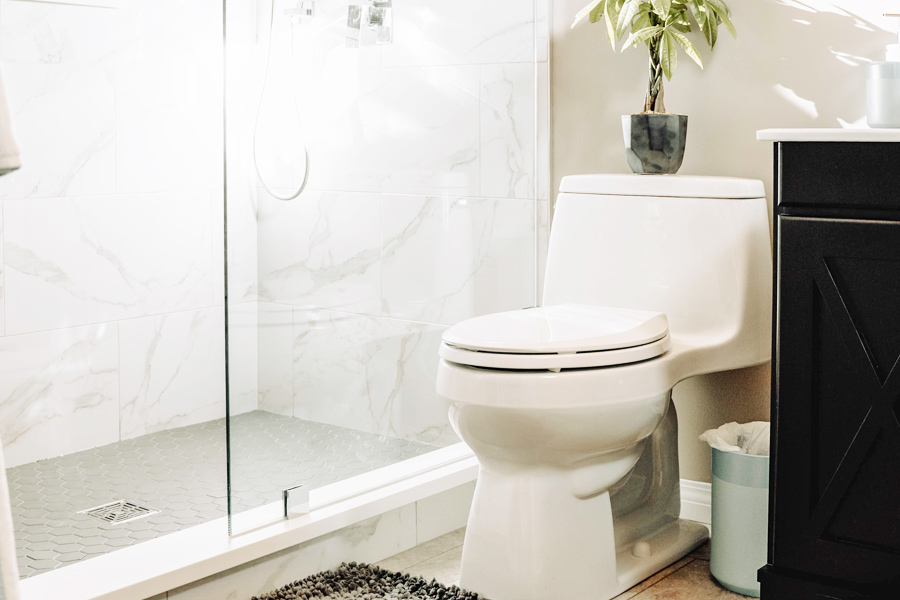In an era where environmental sustainability is more crucial than ever, the advent of portable water-saving toilets offers a promising solution. These innovative toilets are designed not only to create convenience but also to significantly reduce water wastage. In industries and public events where traditional plumbing is impractical, these toilets serve as an eco-friendly alternative, ensuring water conservation without compromising on hygiene and sanitation.
With the escalating global water crisis, the role of portable water-saving toilets becomes increasingly vital. They are engineered to use minimal water per flush, offering an efficient means to maintain sanitation standards while conserving water. This article delves into the mechanics, benefits, and potential applications of these toilets, providing insights for Industry QA professionals who are keen on sustainable practices.

The Mechanics Behind Portable Water-Saving Toilets
Understanding the technology behind portable water-saving toilets is essential for appreciating their impact. These toilets utilize advanced flushing mechanisms that significantly reduce water usage per flush. Unlike traditional toilets, which can use up to 5 gallons per flush, water-saving toilets operate with as little as 1.28 gallons, thanks to innovations in design and technology.
One popular technology employed is the dual-flush system, which allows users to select a flush according to the waste type, thereby conserving water. Moreover, vacuum-assisted flush and pressure-assist systems are also utilized in some models to enhance efficiency. These technologies ensure that the toilets remain effective while minimizing water consumption, making them ideal for areas where water resources are scarce.
Applications in Various Industries
The adaptability of portable water-saving toilets makes them suitable for a wide range of industries. In the construction sector, for instance, they provide a sanitary solution on sites where permanent facilities are unavailable. Similarly, in the event management industry, these toilets are indispensable at outdoor events, ensuring hygiene and comfort for attendees.
Furthermore, the hospitality industry can benefit from these toilets by incorporating them into camping sites and temporary lodging facilities. Their portability and water-saving capabilities make them a practical choice for maintaining sanitation in remote or temporary locations.
Environmental Benefits of Water-Saving Toilets
The environmental impact of portable water-saving toilets is significant. By reducing the amount of water used per flush, these toilets contribute to the conservation of water resources, a critical consideration given the current global water shortages. According to EPA's WaterSense program, adopting water-saving technologies can result in substantial water savings, thereby diminishing the pressure on local water supplies.
Additionally, these toilets help reduce the energy costs associated with water treatment and distribution. By lowering water consumption, they decrease the demand for energy-intensive water processing, further promoting environmental sustainability. The integration of such toilets in various sectors can lead to significant ecological benefits, aligning with global efforts to combat climate change and resource depletion.
Challenges and Considerations
While the benefits of portable water-saving toilets are clear, there are challenges to consider. The initial cost of these toilets can be higher than that of traditional models, potentially deterring widespread adoption. However, the long-term savings in water and energy costs often offset the initial investment, making them a cost-effective choice in the long run.
Maintenance and sanitation are also important considerations. Regular cleaning and servicing are essential to ensure that the toilets function optimally and remain hygienic. Industry QA professionals must establish protocols for maintenance to maximize the toilets' lifespan and effectiveness.
Future Prospects and Innovations
The future of portable water-saving toilets is promising, with ongoing innovations aimed at enhancing their efficiency and usability. Researchers are exploring new materials and technologies to further reduce water consumption and improve waste processing. For instance, the integration of smart technology is paving the way for toilets that can monitor usage and optimize water use automatically.
Additionally, advancements in sustainable materials are being explored to increase the durability and environmental friendliness of these toilets. As awareness of water conservation grows, it is likely that portable water-saving toilets will become more prevalent across industries, contributing to a more sustainable future.
Conclusion
In conclusion, portable water-saving toilets represent a significant step toward sustainable sanitation solutions. Their ability to conserve water, reduce energy costs, and provide sanitation in diverse settings makes them an invaluable asset for industries and communities alike. As innovation continues to drive their development, these toilets are poised to play a crucial role in addressing the global water crisis.
For more information on how these toilets are transforming the landscape of water conservation, visit Retrofits for Water-Saving Toilets.

FAQs
What is the average water savings of a portable water-saving toilet?
On average, portable water-saving toilets can reduce water usage by up to 60% compared to traditional toilets, thanks to innovative flushing mechanisms.
Are portable water-saving toilets more expensive than traditional toilets?
While the initial cost may be higher, the long-term savings in water and energy costs often make them a cost-effective investment.
How can industries benefit from using portable water-saving toilets?
Industries can benefit from reduced water and energy costs, enhanced sustainability credentials, and the ability to provide sanitary solutions in areas lacking permanent plumbing.






